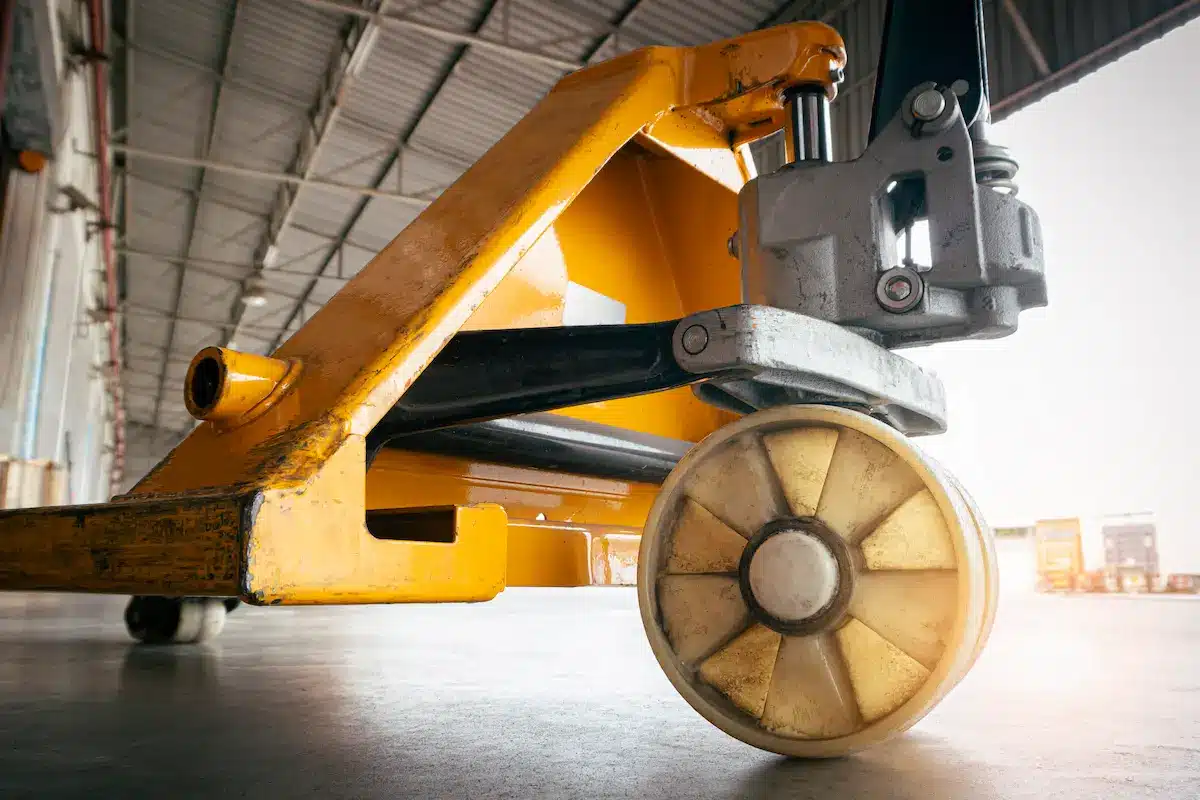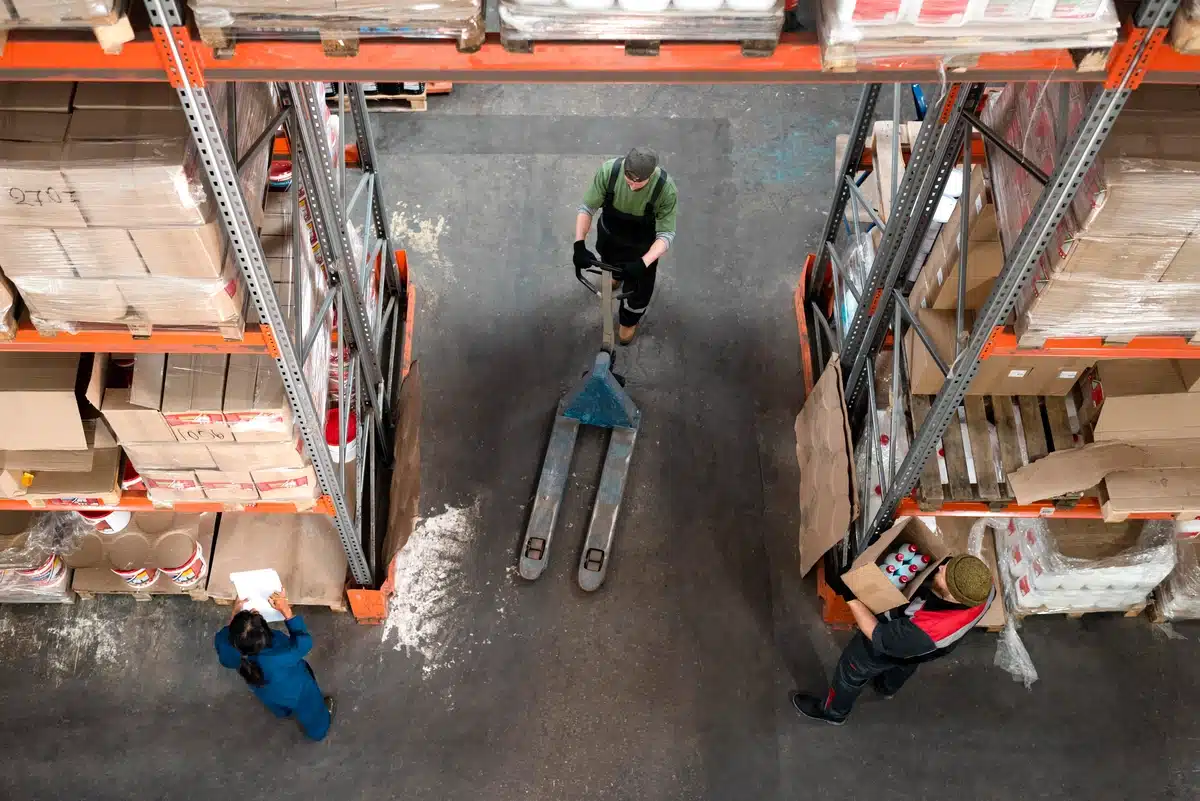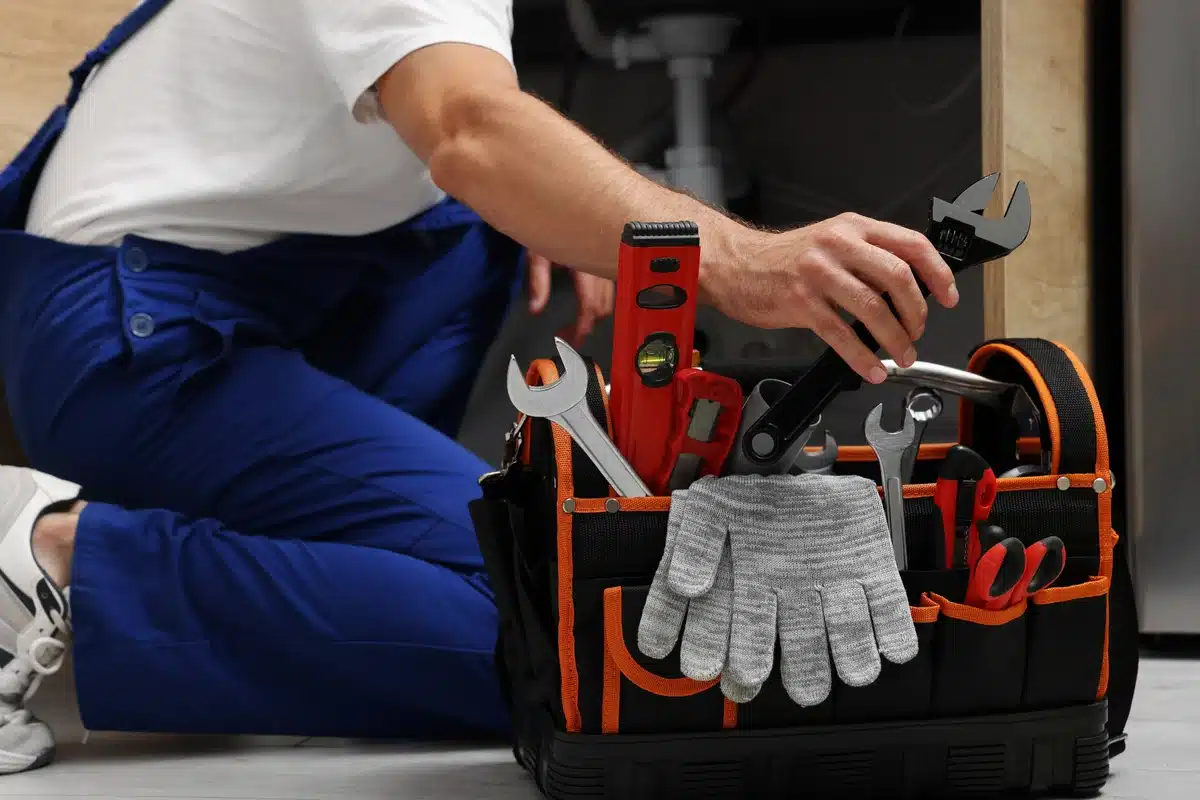Maintenance Tips to Extend the Lifespan of Your Handlift
Contents

Extend Your Hand Lift’s Life with These Simple Tips!
If you work in a warehouse or factory, you probably know how essential a handlift is. It helps move, lift, and organize pallets easily and quickly, boosting productivity significantly!
However, even the best handlift will break down if not maintained properly. To get the most from your investment, you need the right care. Today, UPR Thailand shares simple, practical tips to help your hand lift last for years.
Why Does a Handlift Need Special Care?
Many people think a handlift is just a basic lifting tool. But poor maintenance can lead to accidents and costly repairs. Regular maintenance is essential because it:
- Extends the service life of the truck
- Saves money on repairs or replacements
- Improves safety at work
- Reduces risks of accidents caused by damage or misuse
- Ensures smooth and efficient operation
6 Easy Handlift Maintenance Tips

1. Inspect Before Every Use
Take a few minutes before work to inspect your handlift. It makes a big difference! Key things to check include:
- Are the wheels smooth and noise-free? No cracks or damage?
- Are the forks straight? Bent forks should be fixed before lifting heavy loads.
- Is the hydraulic system working properly? Smooth lifting with no leaks or jerking?
If you spot any issue, don’t ignore it. Fix it right away to avoid bigger problems and higher costs later.
2. Lubricate Regularly
Keep your handlift running smoothly by lubricating moving parts regularly. It reduces friction and wear.
Focus on these areas:
- Wheel axles and all joints
- Hydraulic seals – replace them if you see any leaks or oil residue
Do this at least once a month. It protects the internal parts and keeps everything running quietly and efficiently.

3. Use the Handlift Correctly
Proper usage is key. Even the strongest truck can break if used incorrectly. To keep it in top condition, always:
- Avoid overloading (max capacity is usually 2.5 – 3 tons)
- Use it on flat, smooth surfaces to protect the wheels and hydraulic system
- Push and pull gently. Avoid jerking to prevent axle damage
4. Clean After Every Use
Always clean your handlift before storing it. Dirt, oil, and small debris can damage internal systems over time.
Here’s how to clean it properly:
- Wipe down with a dry cloth, especially wheels and forks
- Avoid spraying water directly into the hydraulic system
- Store in a dry place, away from sunlight and rain to prevent rust
5. Maintain the Hydraulic System
The heart of the handlift is the hydraulic system. If it fails, the truck won’t lift anything. So regular checks are a must.
Keep an eye on these:
- Always maintain proper hydraulic oil levels
- Use only high-quality, clean oil—never use contaminated oil
- Check for jerky lifts or slow drop-downs—these are signs of a problem
Don’t wait for a leak. A small fix now can prevent expensive repairs later.

6. Train Your Operators
A high-quality truck won’t last if users don’t know how to handle it. Training is a long-term investment that saves money and time.
Train your team to:
- Use the truck safely and avoid overloading
- Inspect the truck before use
- Handle the truck carefully on uneven surfaces
When everyone uses the truck properly, breakdowns reduce and safety improves.
Hand Lift Maintenance Checklist
| Frequency | Inspection Items | Details |
| Daily | Check wheels and forks | Ensure smooth rotation; forks are not bent or broken |
| Daily | Hydraulic system | Lifting and lowering should be smooth |
| Monthly | Lubrication | Apply oil to axles and joints |
| Every 3 months | Hydraulic oil | Refill or replace if the oil is cloudy |
| Every 6 months | Major inspection | Have a qualified technician inspect the full system |
Common Mistakes to Avoid
- Never leave loads on the handlift for extended periods
- Avoid pulling the truck up steep slopes
- If you hear strange noises, stop using it and call a technician right away
Frequently Asked Questions (FAQ)
Q: How is a handlift different from an electric forklift?
A: A handlift uses manual force and a hydraulic system. It’s affordable and ideal for basic warehouse or pallet moving tasks. In contrast, an electric forklift is better for heavy-duty jobs, can lift higher, and works faster, but it comes at a higher cost.
Q: How often should I change the hydraulic oil?
A: Usually once a year is enough. However, if you notice the oil becoming cloudy, contaminated, or discolored—don’t wait. Change it immediately for safety.
Q: How long does a handlift last?
A: With proper care and correct use, it can last 5 to 10 years or even longer.
Q: If I use the handlift daily, do I need to replace parts often?
A: Yes, daily use means you should check key parts like wheels, hydraulic seals, and forks every day. For heavy-duty use in production, a full inspection every 6 months is recommended.
Q: How do I know when it’s time to repair or replace the handlift?
A: Look out for these warning signs:
- Unusual sounds when lifting
- Hydraulic system leaking or failing to lift
- Stiff wheels, bent forks, or rough movement
If you notice any of these, stop using it right away. Contact a certified technician from UPR Thailand for an inspection to avoid further damage or safety issues. 
Before storing your handlift, remember this simple formula: “Check, Refill, Clean, and Use Properly”. These small steps help extend the life of your truck and save on repair costs.
If you’re looking for a high-quality, durable, and cost-effective handlift, choose UPR Thailand—a leading expert in warehouse equipment in Thailand. With full after-sales support, you can trust us from start to finish.
“One investment, real value, and safety in every task.”
UPR (Thailand) Co.,Ltd. > Columns > Logistics > Maintenance Tips to Extend the Lifespan of Your Handlift

 Contact us
Contact us  Call us
Call us  Line Official
Line Official